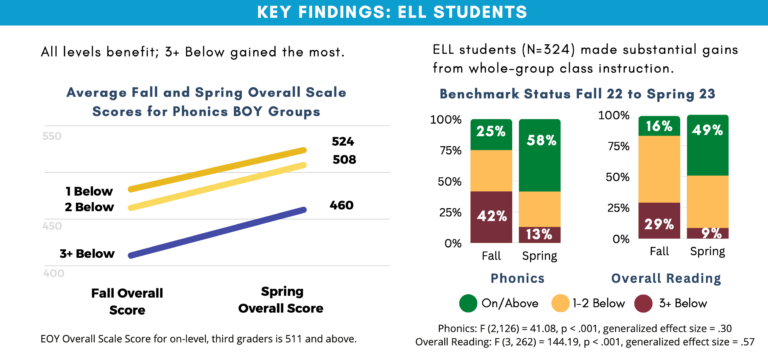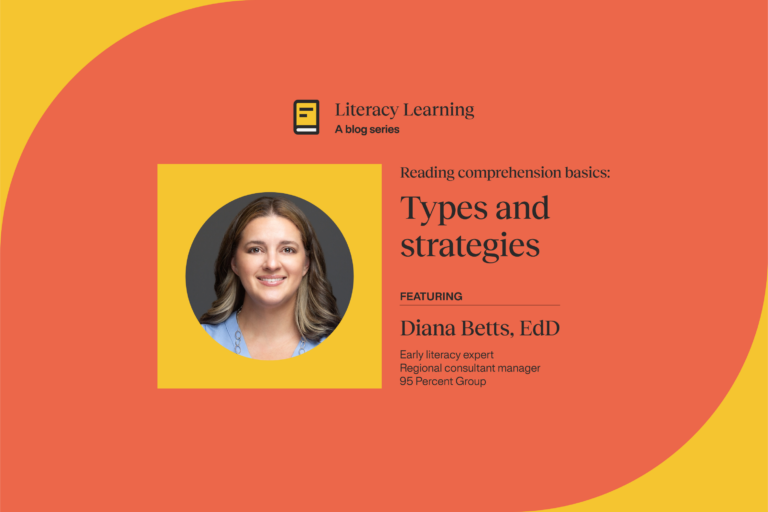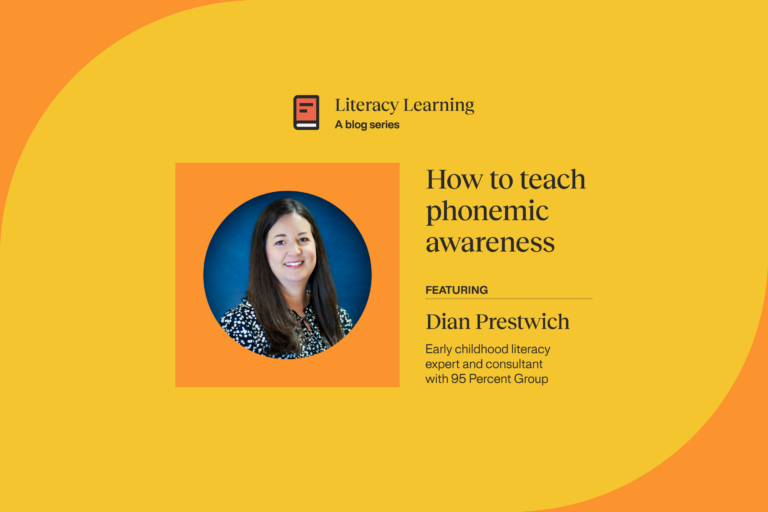Spotlight Texas: New results from Southside

Overview:
- Location: The south side of San Antonio, Texas–straddling the city line
- Student population: Approximately 90% hispanic
- Free and reduced lunch: 61% of students are eligible
- English Learners: 22% of students
Located on the southside of San Antonio, Texas, Southside Independent School District (SISD) serves a diverse population of 6000 students from PreK-12 with four Elementary campuses and an early childhood center. The community, while largely rural, is in close proximity to the city, and serves a large number of dual language and emergent bilingual students. This active and vibrant community is dedicated to ensuring that all children can learn to read.
In response to the 2019 legislative mandate in Texas (House Bill 3) requiring systematic, foundational phonics instruction for all children in grades K-3, Southside ISD collaborated with a team of literacy experts who recommended the implementation of the 95 Percent Group’s K-3 Tier 1 curriculum to address foundational phonics skill gaps. Check out their initial results in our previous story of the exciting year 1 progress. Then read on to see how students and teachers at Southside have continued to meet and exceed their goals.
ISO: Systematic, foundational phonics instruction
Texas legislative requirements now call for districts to adopt an evidence-aligned phonics instruction program. Although Southside ISD had a phonics program for their Spanish literacy instruction, they didn’t have one for English instruction. After consulting with a team of literacy experts, 95 Phonics Core Program® was recommended due to its effectiveness in providing direct and systematic foundational phonics instruction.
If we are starting our students from the beginning with this kind of direct instruction on phonics, we can go a long way towards preventing some of our students from struggling at all. 95 Phonics Core Program is instruction for everyone, not just those who need more support.
Alejandra Ramirez
Slow and steady builds the foundation for systematic literacy change
That first year of implementation, teachers were a bit reluctant to switch gears after having started the year using different materials. Trying something new when you’ve been teaching it one way for a long time isn’t an easy ask.
Alejandra Rameriz, Southside ISD’s Elementary Reading Coordinator for all 4 campuses preK-5, spoke to this. “It wasn’t easy to jump right into new programming when the school year was already underway. Once the teachers had some time with the resources, they really began to understand the benefits—both for their students and for their instruction.”
Now, almost three years into using 95 Phonics Core Program as their Tier 1 curriculum, Ramirez says the impact is loud and clear. “We’ve seen a noticeable increase in the amount of academic vocabulary among both teachers and students. Students can name the skills they are learning—for example, when the written spelling patterns or graphemes are representing the spoken sounds or phonemes.”
Additionally, teachers are feeling much more confident and comfortable with the user-friendly, scripted materials and assessments. It has minimized instructional errors and provided a structured framework for teaching these skills. “They feel good about the fact that they can move through the lessons with ease,” Ramirez emphasized. “And there really isn’t any room for error. It helps teachers to know that they are maximizing instructional time for their students.”
Before they had a solid phonics instruction program, teachers were often expected to piecemeal their curriculum together from what they could find. Now, teachers have all the instructional pieces they need in one place; everything is right there for them. “95 Phonics Core Program has really given us an improved foundation for phonics,” Ramirez said. “It’s addressing a gap that we had in our English phonics skills instruction.”
Systematic, direct literacy instruction leads to capable, confident readers
In the years since implementation, teachers know what to expect and how to work with the program. Now that they are used to the program, hesitation is gone. There are a few areas where there has been a noticeable impact, Ramirez says. “When it comes to using strategies that are usually reserved for students with reading disabilities, like dyslexia, we now know that all students can and do benefit from things like enhancing their awareness of syllable types and unfamiliar word decoding.”
Real reading results for all students across grades 1-3
Some of the key findings came in the form of the 2023 end-of-year 3rd grade iReady! results. At the start of the year, almost half of the third graders (43%) started the year with kindergarten-level phonics skills (3+ years below). At the end of the year 66% of 3rd graders had advanced one grade level or more. Their performance on the iReady! showed significant improvement among all 3rd grade students—including ELL students and most notably, among Special Education students who benefited significantly from whole-group phonics instruction. Read the research brief here.

Additionally, there is a tangible enhancement of understanding among 1st graders regarding letter and sound patterns and their significance in reading and writing. “The level of academic vocabulary among 1st grade students is sometimes surprising,” Ramirez laughed. “It’s so impressive to hear them speak about their understanding of syllable types and why there is a long vowel sound in this word, but a short vowel sound in that word. It’s awesome.”
Check out the Full research report here.
The future is bright for literacy
Ramirez has only been in her position for a year and a half, having taught Kindergarten with the district previously. She recognized that the work had been happening for a few years before she arrived. “I’m just so excited to see how our students will do—to follow those that have been receiving this instruction since they were in Kindergarten. This is how we will see whether progress is happening. It’s really changed the way we teach reading here.”
Teachers at Southside ISD now have a starting point for teaching reading. They have the skill and materials they need to provide their students with a solid foundation for phonics instruction—a crucial building block for fluent reading and writing and deep comprehension. While lasting change doesn’t happen overnight, educators at Southside are committed to their students, marking a true shift in literacy education in the district.
Learn More
Interested in learning more? Check out the year one success story on Southside Independent School District.
95 Percent Group brings over two decades of thought leadership in research on the science of reading and evidence-aligned assessment and instruction.
We have worked with school districts and educators across the country to unlock the power of literacy for every child. We look forward to sharing with you what we’ve learned, along with best practices and resources you can bring to the classroom. Stay up to date on the latest research, insights, and resources in our field at thescienceofreading.com.
Contact our team to learn how the One95™ Literacy Ecosystem™ can transform your reading instruction.



